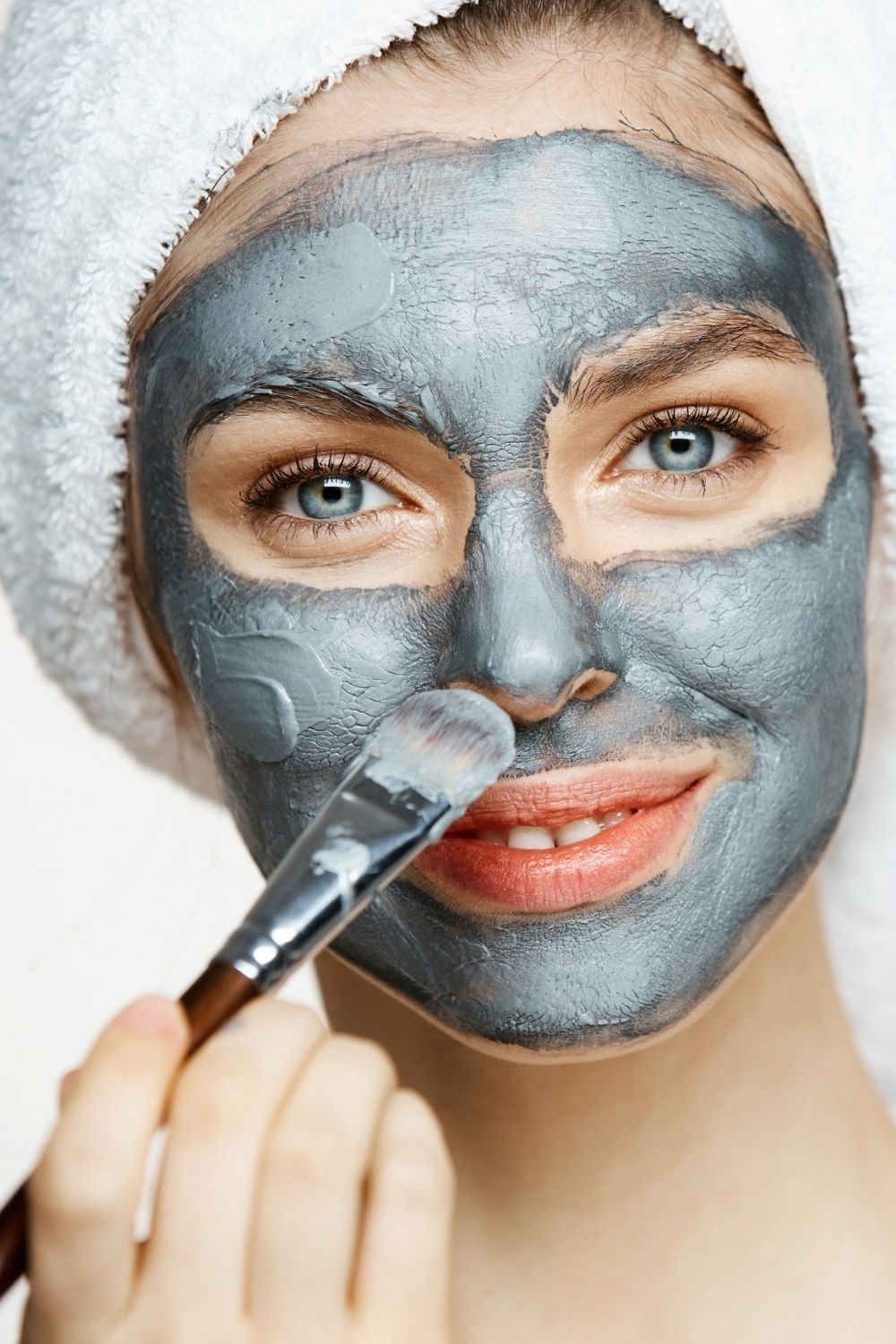Put simply, laser toning is the process of using laser energy to penetrate specific layers of the skin and break apart pigments, which often surface as a result of sun damage, aging, acne, and other skin conditions.
Unlike traditional laser skin resurfacing treatments, laser toning is performed using non-ablative lasers, which work by heating up the targeted tissue without actually destroying it. This creates what dermatologists call a ‘controlled thermal injury,’ triggering a natural response in the body to produce more collagen and elastin. After the procedure is complete, the body’s immune system processes excess pigmentation and leftover particles to clear away discoloration.
There is typically no pre-treatment required for laser toning, although some specialists will instruct their patients to avoid sun exposure for a few weeks beforehand.
Some skincare specialists apply a topical analgesic or local anesthetic to minimize discomfort during the procedure, but most patients don’t experience any significant pain. However, it is common for the skin to feel warm to the touch immediately after the treatment session is complete.
The number of treatments required primarily depends on your particular skin type and concerns. Almost all non-ablative laser procedure options require several sessions — typically between four and ten treatments in total.
According to Dr. David J. Goldberg, one of America’s top dermatologists and laser surgeons, some of the most popular laser toning options include the nanosecond, picosecond, and Laser Genesis systems. These techniques cause very few side effects, outside of some mild discomfort that can be described as a tingling sensation.
You should be able to return to your regular activities immediately following your laser treatment. You will be instructed to avoid prolonged exposure to the sun, and will most likely be required to wear a broad-spectrum 30 SPF sunscreen, applied every two hours.
It is important to note that thermal injury is not advised in certain cases, namely for patients with darker skin, as it can cause discoloration and scarring. According to recent studies, the use of lasers for melasma should only be considered when all other modalities have failed. However, many new technologies have improved the effectiveness of lasers over a wide range of skin types. An experienced dermatologist or skincare specialist will be able to choose the appropriate treatment protocol.
Types of Cosmetic Lasers
A wide variety light-based treatments are marketed as skin toning lasers. However, not all of these are lasers in the true sense of the term. Confusion arises when Intense Pulse Light (IPL) treatments and lasers are referred to interchangeably by inexperienced or misinformed care providers.
“LASER” is actually an acronym for “light amplification by stimulated emission of radiation,” and applies to devices that produce a single wavelength of light. On the other hand, Intense Pulse Light (IPL) treatments are less focused than lasers, and shine multiple wavelenghts over a larger area.
While both these approaches use light-based energy to address common skin conditions, different devices are used to target specific skin types and concerns. For instance, IPL systems can be used effectively in the treatment of pigmented lesions and capillary malformations. However, medical providers will in some cases favor fractional lasers to achieve the same goals.
The best way to determine which type of treatment is suited to your particular case is to talk to trained and certified aesthetic medical provider. He or she will be able to create a customized plan that’s tailored to your needs.





